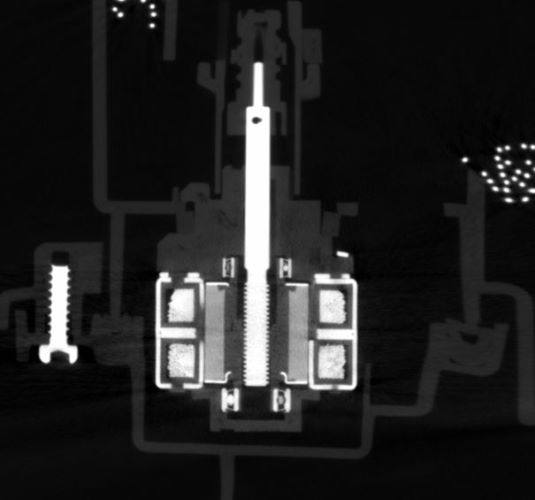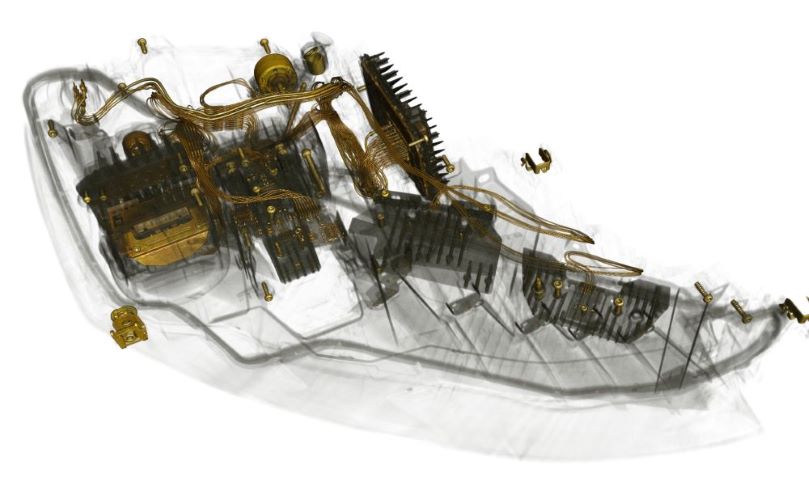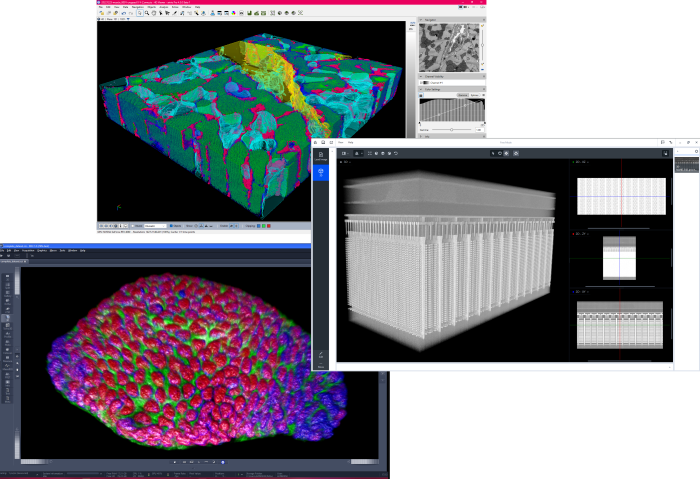Free and Open Source Software (FOSS) is a crucial example of the collective progress that can come from the collaboration of an engaged community. At ZEISS, we see the immense importance of these projects for our innovative strength and productivity, which is why we are committed to ensuring that their contribution is recognized.
In what is now the fourth iteration of this initiative, our ZEISS employees have identified FOSS projects that are particularly valuable for our work and then selected three outstanding winners in a vote. These three projects are supported by ZEISS with a total of EUR 15,000 in order to contribute to the long-term development and success of the projects.
OpenSSH
Open SSH is a widely used implementation of the SSH protocol that enables secure network connections, file transfers, and remote access to systems over unsecured networks. It is more than just a tool: it is a – often invisible – cornerstone of secure communication in the digital world.
At ZEISS, data protection and IT security are top priorities. OpenSSH is an important component for the protection and exchange of sensitive data and thus contributes to our transformation into a data-driven organization. It also helps our R&D to collaborate securely across different locations.
OpenSSH is also a great help for remote maintenance of systems, as it enables us to have a direct, encrypted connection to our customers worldwide regardless of their location – whether it is Oberkochen or Sydney.
OpenCV
The Open Source Computer Vision (OpenCV) Library is a comprehensive collection of tools and algorithms for image processing and computer vision.
At ZEISS, OpenCV is a central component of many products and often forms the basis for state-of-the-art image-processing applications in the field of machine learning (ML) and artificial intelligence (AI). One example is its use in our METROTOM X-ray CTs for research and quality control in industrial manufacturing processes. OpenCV provides important functionalities for the creation of 2D and 3D views, including pre-processing, filtering, interpolation and segmentation of the scan data.


Figure 1: 2D slice and 3D reconstruction of two industrial components with mixed materials (metal & plastic). Captured using a ZEISS METROTOM X-ray CT and ZEISS INSPECT software.
Silk.NET
Silk.NET is a library for developing multimedia applications in .NET environments that provides a unified interface (API) to graphical processing units (GPU). It is modular, cross-platform, and enables developers to efficiently build powerful, graphics-intensive applications, largely independent of the underlying hardware.
At ZEISS, Silk.NET is used in versatile imaging applications and is highly valued by our developers. Paul Bönisch, Senior Expert 3D Visualization at the ZEISS Research Microscopy Solutions (RMS) segment, describes the advantages in his everyday work:
“Silk.NET has allowed us to replace our custom in-house wrapper with a stable and well-maintained state-of-the-art solution. It provides a vital foundation for our rendering technology in three major microscopy products and is an essential building block for our next generation rendering efforts.“ — Paul Bönisch

Figure 2: From top to bottom:
Reconstruction of a mouse heart muscle from segmented images taken with ZEISS arivis Pro software on a Crossbeam 550 electron microscope (Credit: Gourui Huang at Ruijin Hospital, Shanghai Jiatong University School of Medicine); X-ray microscope image of a NAND chip using ZEISS ZENcore software (Credit: Heiko Stegmann); Intestinal organoids captured with ZEISS ZEN software on a Celldiscoverer 7 & LSM900 confocal microscope (Credit: Matthias Lutolf at EPFL Lausanne).
By supporting these three projects, we would like to express our appreciation and heartfelt gratitude to the developers and maintainers of Free and Open Source Software. Working on open source projects often requires significant time, commitment, and dedication. Their continuous efforts contribute significantly to our success at ZEISS.
In addition to financial support, ZEISS is actively involved in the further development of FOSS projects. Our colleagues at ZEISS Medical Technology are currently in the process of developing new device drivers for the Zephyr real-time operating system and sharing them with the community. This contribution extends hardware compatibility of the operating system through selected ZEISS components in medical products, which in turn makes Zephyr more attractive for a wider range of applications.
More information about the Zephyr Project and our membership in the Linux Foundation can be found in this article.
For more information on the background of our initiative, see our previous posts from 2023 and 2024.